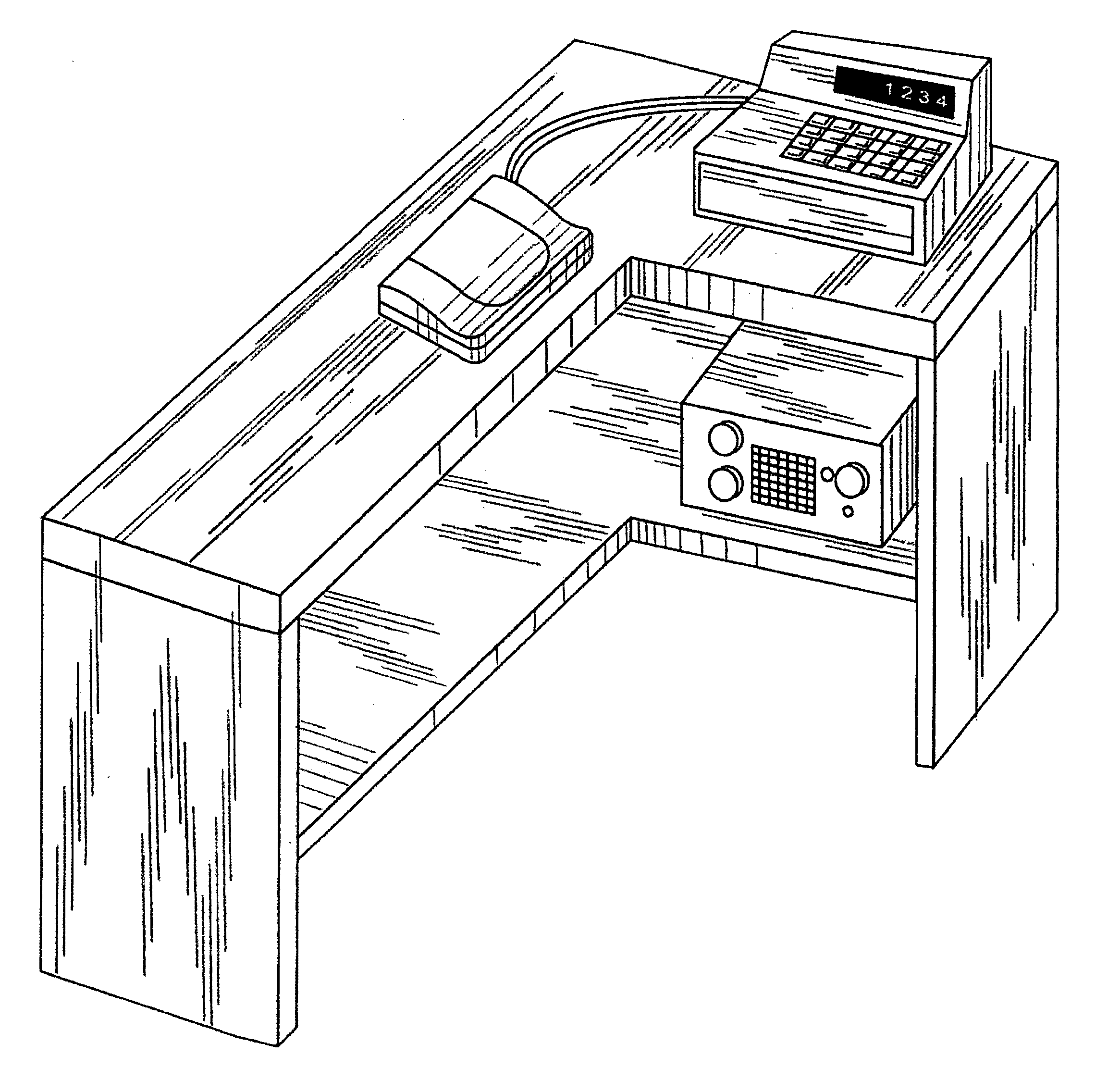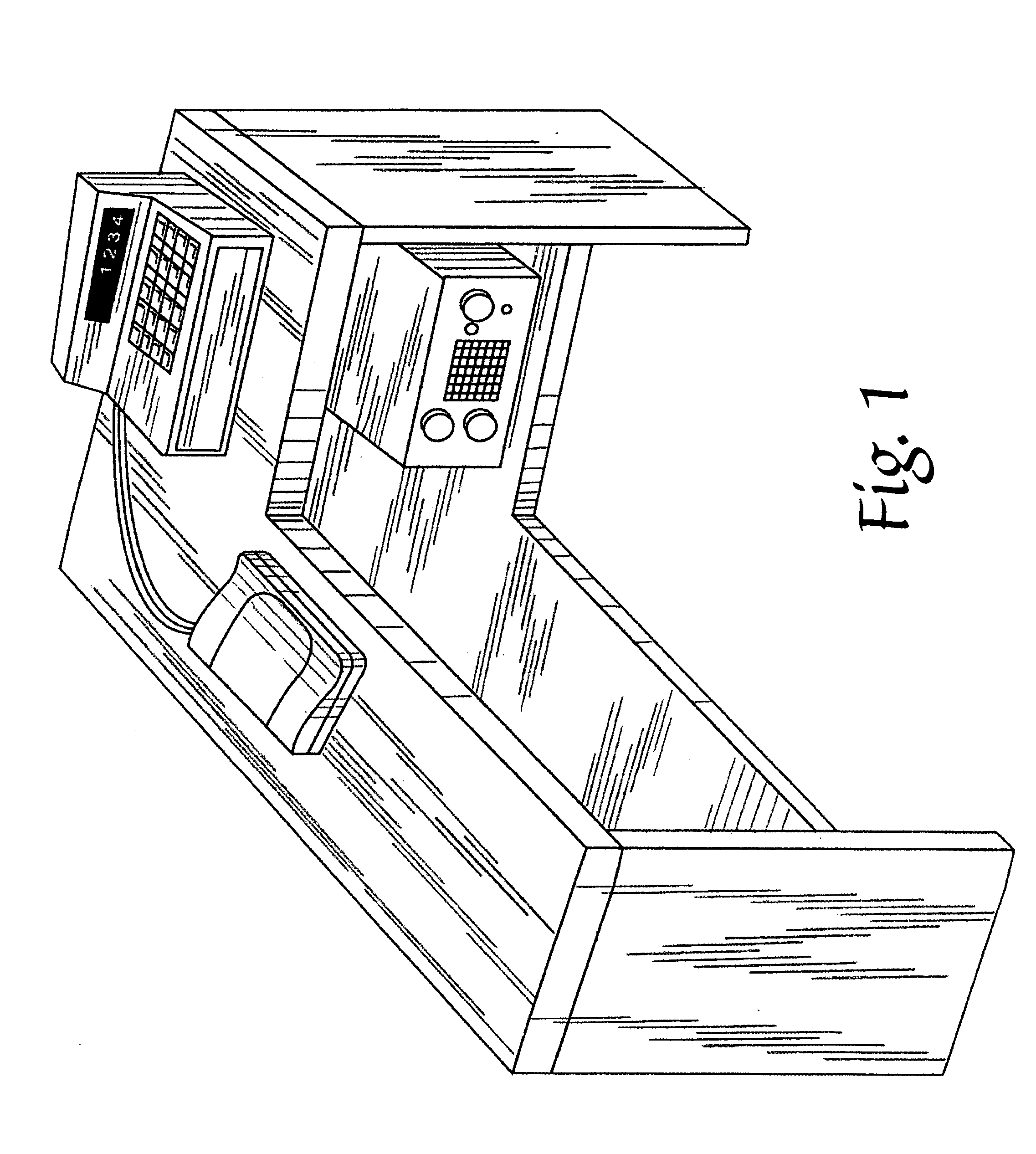Method and apparatus for deactivating an EAS device
- Summary
- Abstract
- Description
- Claims
- Application Information
AI Technical Summary
Benefits of technology
Problems solved by technology
Method used
Image
Examples
Embodiment Construction
[0029] The detailed description below is for a preferred embodiment in which the microprocessor control unit operates transceiver coils and a degaussing coil with the assistance of a feedback loop. Specifically, the embodiment shown in the drawings and discussed below encloses the electrical coils in a generally flat housing and provides an alternating current to drive the circuit, while monitoring the system output. It is to be understood that a variety of other arrangements are also possible without departing from the spirit and scope of the invention.
[0030] Furthermore, before referring to the accompanying Figures, additional details regarding the preferred embodiment may be stated. The present embodiment of the invention has the control components of the circuitry separated from the field generating components. To utilize a fixed working frequency with this arrangement, the parameters of each component would have to be closely matched which would in turn require extremely deman...
PUM
 Login to View More
Login to View More Abstract
Description
Claims
Application Information
 Login to View More
Login to View More - R&D Engineer
- R&D Manager
- IP Professional
- Industry Leading Data Capabilities
- Powerful AI technology
- Patent DNA Extraction
Browse by: Latest US Patents, China's latest patents, Technical Efficacy Thesaurus, Application Domain, Technology Topic, Popular Technical Reports.
© 2024 PatSnap. All rights reserved.Legal|Privacy policy|Modern Slavery Act Transparency Statement|Sitemap|About US| Contact US: help@patsnap.com










